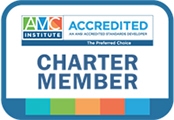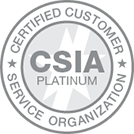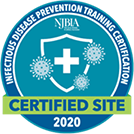Association boards can take a few practical steps to not only amplify the ways they support their local or virtual chapters but to likewise expand their association’s capacity and effectiveness. Successful boards create clear policies and procedures that are living documents which the board ensures are consistent with their goals and mission. A focus on mission as the litmus test for all of your decisions will effectively steer your organization toward the goals developed by your board and association leaders.
Boards must not only make policy documents available, but readable. Chapter leaders will find policy and procedure documents unusable if they don’t understand the legalese in which they are often written. Simple language and clear, understandable processes eliminate lag that can occur in back and forth questions, especially when new committee or chapter leaders roll on.

When new chapter leaders enter into their first terms, Board availability and visibility as well as a rigorous on-boarding process is imperative to a successful transition. Chapter leaders are the first line of communication for a large percentage of members, and their level of knowledge regarding association rules and processes must be high. Creating and updating your on-boarding process can effectively be done over a webinar or a series of webinars, in person during the early days of an annual meeting, or at regional conferences.
The on-boarding process for new board members can be easily adapted to chapter and committee volunteer leaders. In addition, setting aside time for these leaders to have special training during annual meetings.
Boards that employ good governance not only set high level examples of professionalism and expertise, but they also make themselves available to the other leaders in their association. A high level of visibility will reduce a feeling of isolation in an association, especially if its chapters are widely spread geographically. Room for discussion between association boards and their chapter leaders regarding policy and procedure can be made in a multitude of ways, from various social media platforms to conference sessions and beyond.




